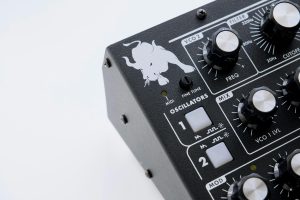Are we struggling with alignment because we are bringing knives to a gun fight? I’d love to hear your view on a new perspective on how reframe and turn it around
Rethinking AI Alignment: A New Perspective on Cognitive Compatibility
In the rapidly evolving landscape of artificial intelligence, many of us encounter persistent challenges with aligning complex systems with human values and expectations. But are we approaching this struggle with the right tools and mindset? Perhaps the core issue isn’t just technical limitations but a fundamental mismatch between the nature of the systems we build and the ways our minds attempt to understand and guide them.
This reflection comes from over twenty years of experience navigating and solving intricate, high-stakes problems—many thought to be unsolvable—outside the realm of formal research. Based on this practical journey, I propose a provocative hypothesis: Some failures in AI alignment may stem less from system complexity and more from cognitive misalignment between humans and the AI architectures themselves.
Understanding the Current Approach and Its Limitations
Most efforts in AI alignment today concentrate on applying linear reasoning models—like reinforcement learning from human feedback (RLHF), oversight mechanisms, and interpretability tools—to increasingly sophisticated models. These models exhibit hallmark signs of approaching superintelligence, such as:
- Cross-domain abstraction: Summarizing and transferring knowledge across diverse fields.
- Recursive reasoning: Building complex inferences on prior thoughts.
- Meta-cognitive behaviors: Self-evaluation, correction, and adaptive planning.
Despite this, our methods of regulation rely heavily on surface behaviors, feedback loops, and interpretability that often lack robustness at deeper, internal reasoning levels. As AI models grow more opaque and self-referential, these oversight tools may become insufficient, highlighting a deeper structural misalignment.
A Confronting Possibility: Structural and Cognitive Mismatch
If the primary challenge is not just technical but cognitive—as the AI systems evolve into entities with reasoning capabilities that outpace our interpretative frameworks—then conventional tools may never fully bridge the divide. This suggests that the root of misalignment could lie in a fundamental mismatch of cognitive architectures: our minds and the AI systems might operate on different levels of abstraction, reasoning styles, and self-modulation.
A Proposed Reframe: Seeking Cognitive Parallels
Instead of solely trying to impose human-like behavior or superficial oversight, what if we actively identify and collaborate with individuals whose thinking processes naturally mirror the internal structures of these advanced systems? Specifically:
- People who excel at recursive reasoning about reasoning.
- Those adept at compressing and reframing high-dimensional abstractions.
- Minds that manipulate complex systems intuitively, rather than














Post Comment